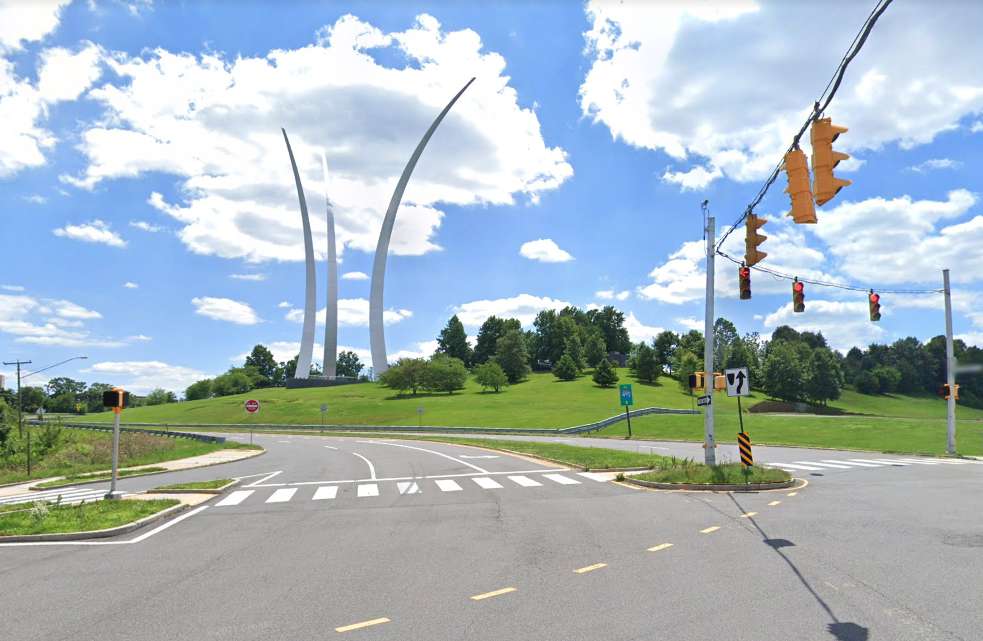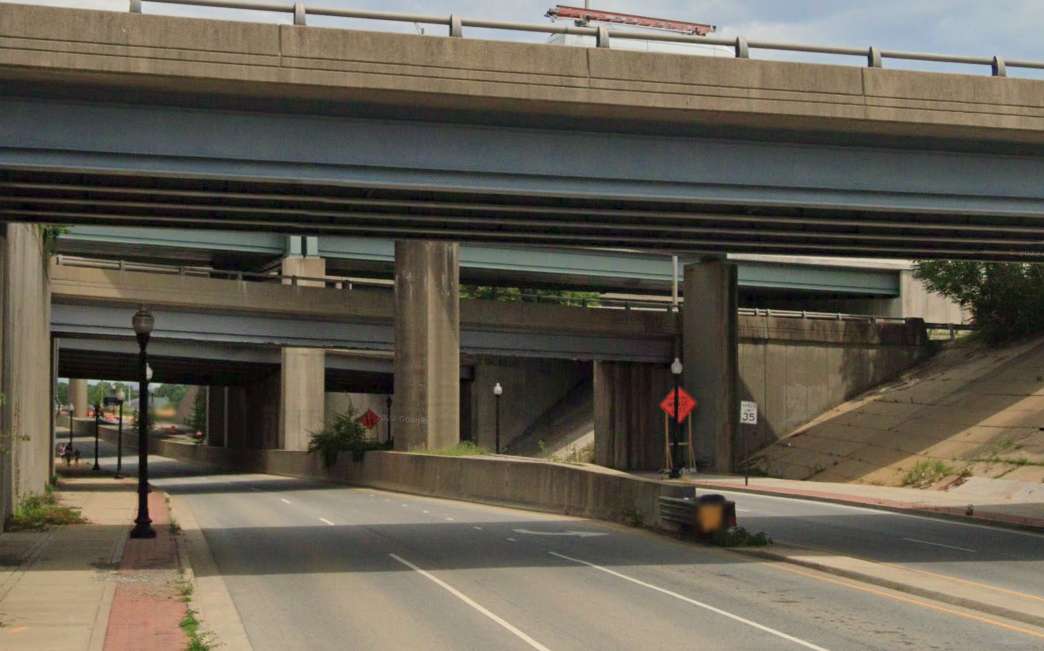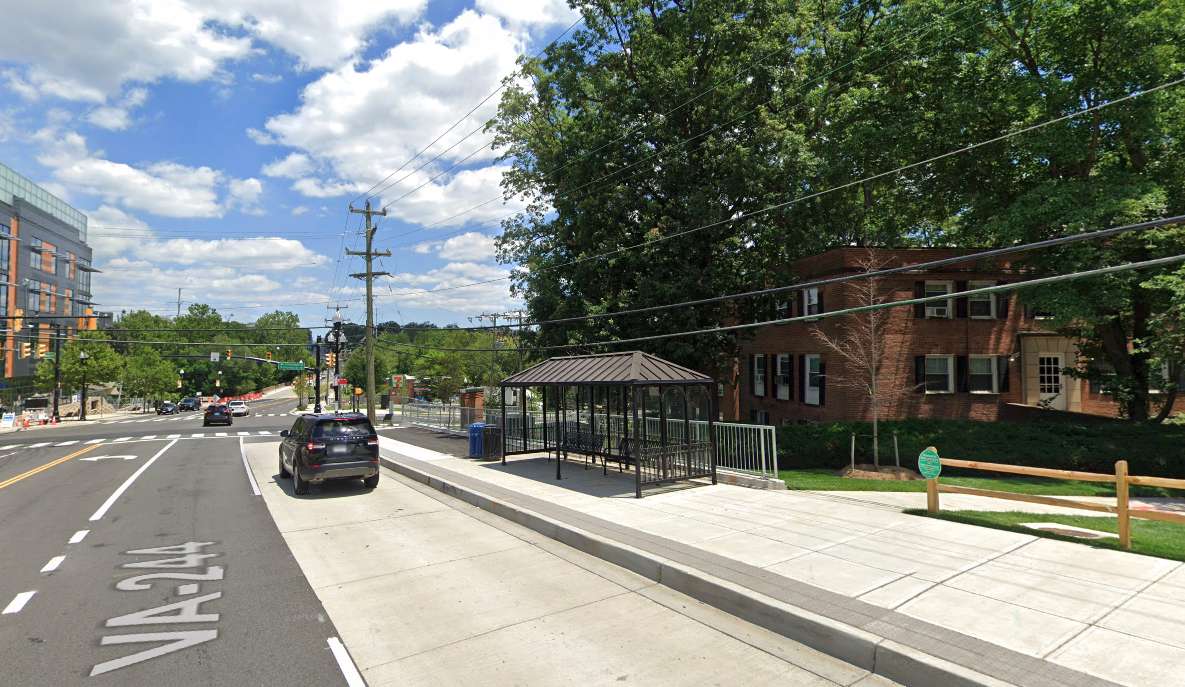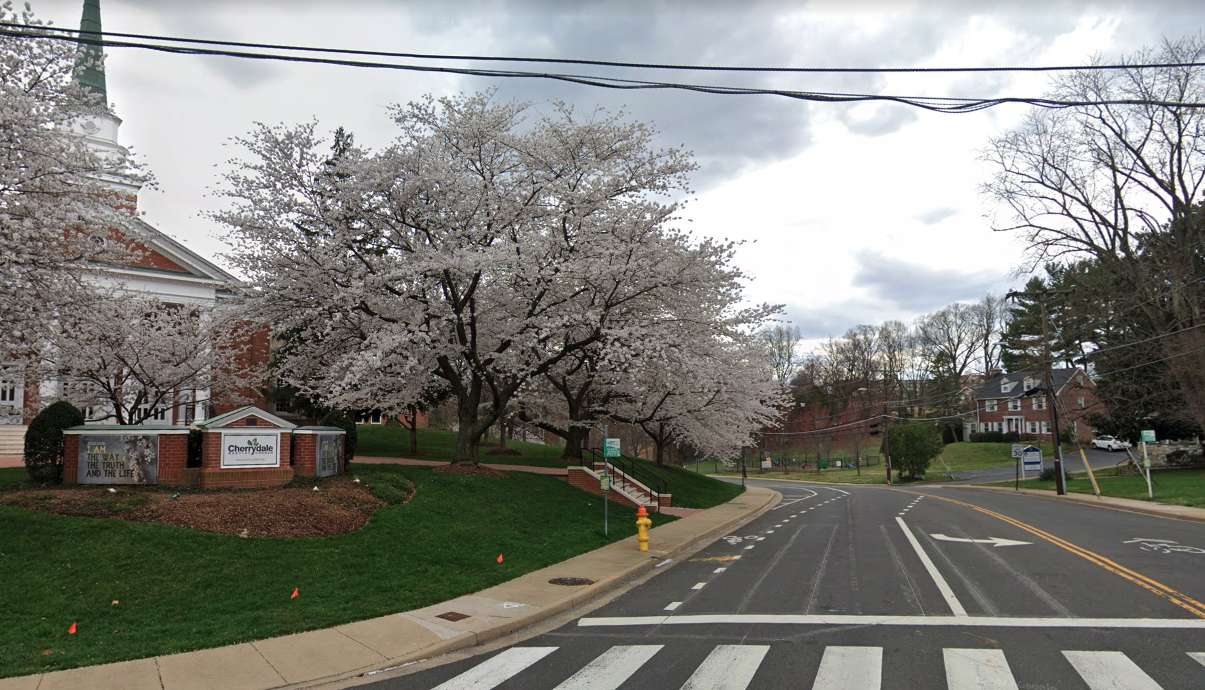A high-traffic intersection one block north of Columbia Pike could get some safety upgrades, including a traffic signal.
Arlington County is embarking on a project to develop plans to upgrade the intersection of S. Glebe Road and 9th Street S., located between the Alcova Heights and Arlington Heights neighborhoods.
In addition to replacing a rapid-flash beacon with a traffic signal, the county says changes, in collaboration with the Virginia Dept. of Transportation, could include extending the curbs, updating the crosswalks and refuge medians, and fixing deteriorating ramps that do not comply with the Americans with Disabilities Act.
The forthcoming project responds to community feedback, a 2022 safety audit of Glebe Road — a VDOT-maintained artery — and a 2020 analysis of “crash hot spots,” according to a county webpage. The latter two reports include data, photos and community comments describing unsafe conditions for pedestrians, cyclists, transit users and drivers.
“Glebe Road from 14th Street N. to Columbia Pike is part of Arlington County’s High Injury Network,” the county says. “These corridors experience high concentrations of critical crashes compared to other corridors in Arlington.”
Per the safety audit, the intersection saw two pedestrian crashes and five left-turn vehicle crashes between January 2018 and February 2021. It also found that many people drive over the speed limit by at least 5 mph between 8th Street S. and 9th Street S., going an average of 38 mph.
“Community feedback received as part of the Vision Zero Action Plan development identified Glebe Road and 9th Street S. as an unsafe crossing,” the county said.
Arlington is working toward eliminating traffic-related serious injuries and deaths by 2030 as part of its initiative known as Vision Zero. Transportation advocates and the Arlington County Board called for swift action to realize plan goals and make roads safer after a rash of crashes involving pedestrians last year.
Some residents heralded the project on Twitter as sorely needed and a long time in coming.
Back in 2018, cyclists who participated in a “protest ride” to advocate for better cycling conditions, called specifically for improvements to 9th Street S., which is part of the Columbia Pike Bike Boulevards, a bicycle route parallel to the Pike.
https://t.co/vYN9QhqKRZ pic.twitter.com/dCgqJnQT39
— Chris Slatt (@alongthepike) March 8, 2023
https://twitter.com/ARLINGTONAF/status/1633545704135172096
This spring, there will be a public engagement opportunity in which the county will solicit feedback on existing conditions, including site constraints such as utility poles that block parts of the sidewalk.
County staff are preparing engagement materials, and “when that’s ready, the engagement will open,” Dept. of Environmental Services spokeswoman Claudia Pors said.
The engagement will first ask people to share how they currently use these streets as well as any ideas or concerns they have.
“This input will be used to refine to goals and develop concept options,” the webpage says.
This spring and summer, county staff will again request feedback on a concept plan, which will be incorporated into a final design plan that the county anticipates can be prepared this fall.
Arlington County has completed, started or has planned other transportation upgrades along Glebe Road, per the 2022 audit, including new or re-programmed traffic signals and new ramps.
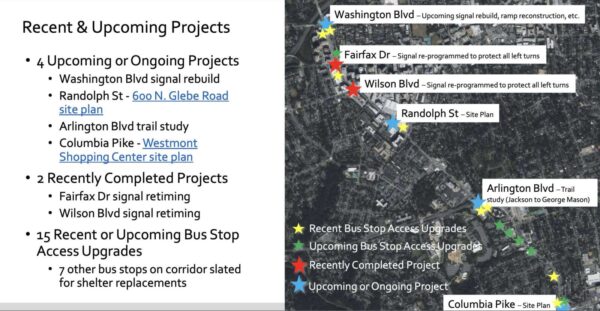


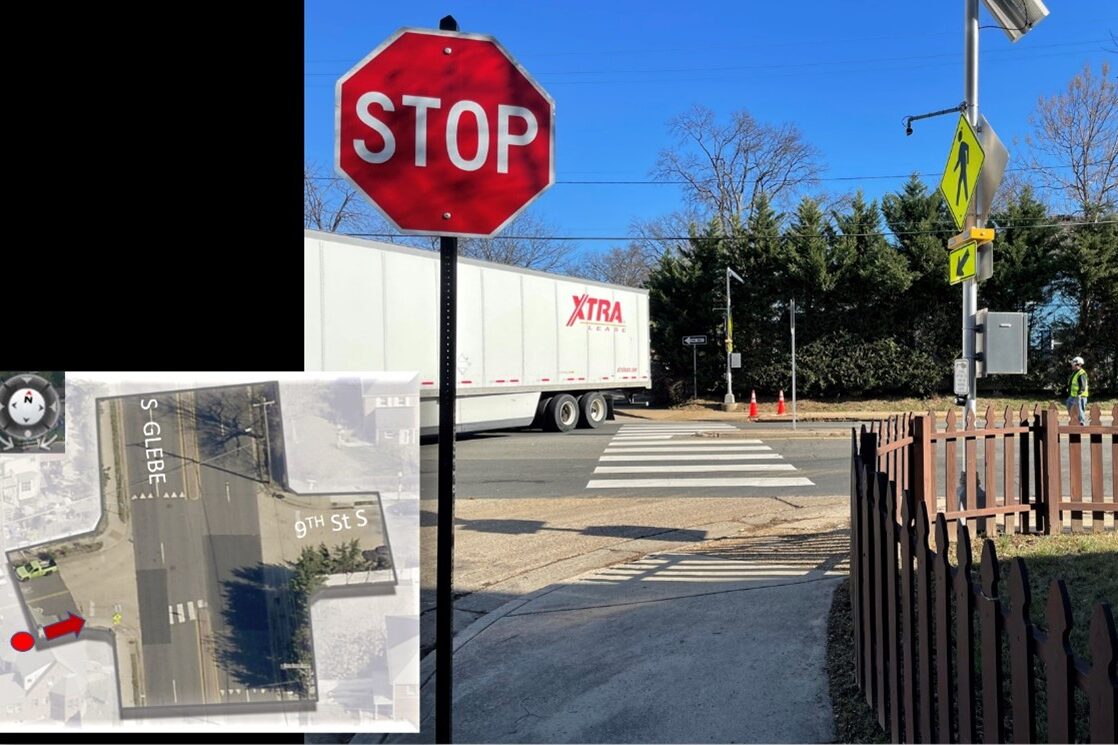
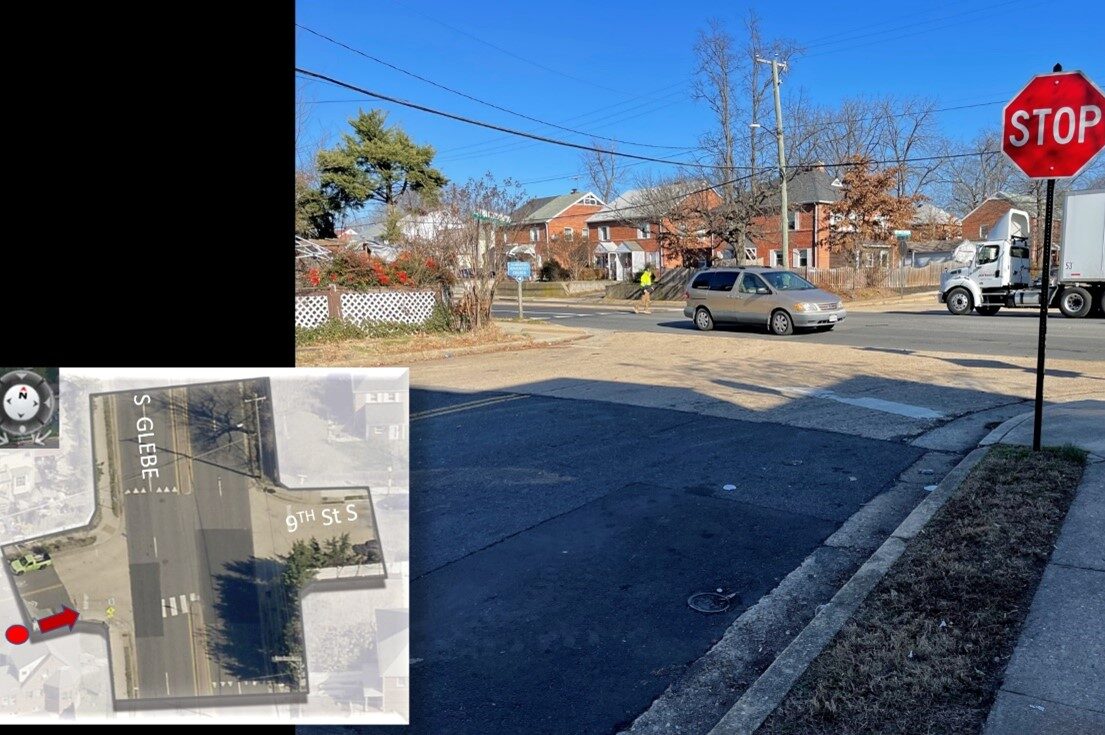
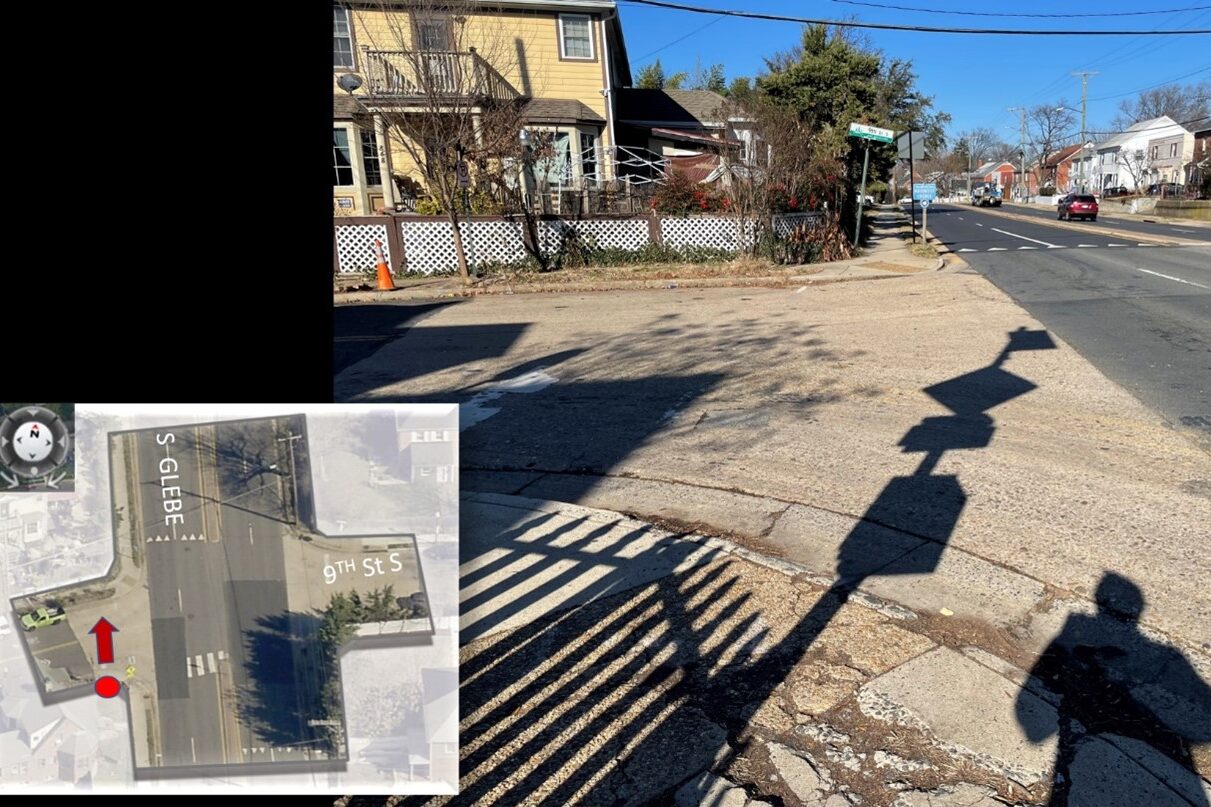
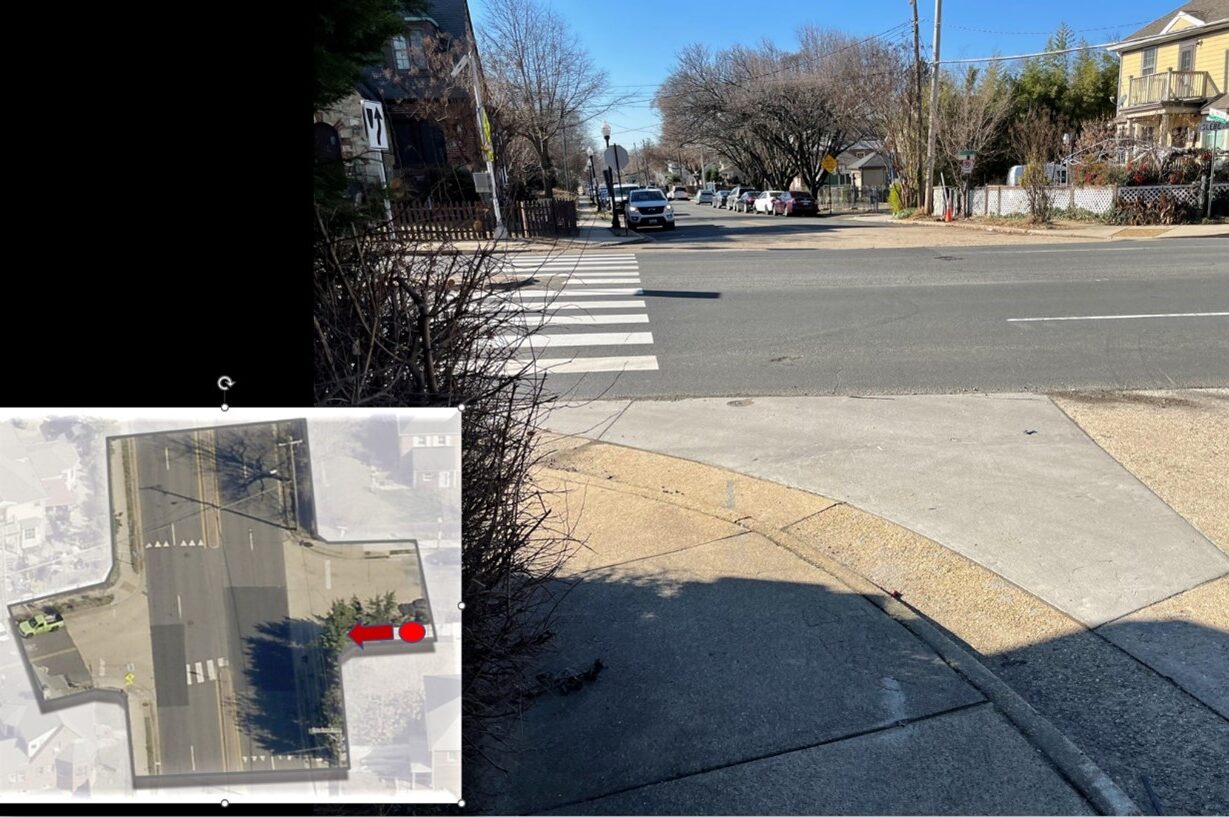
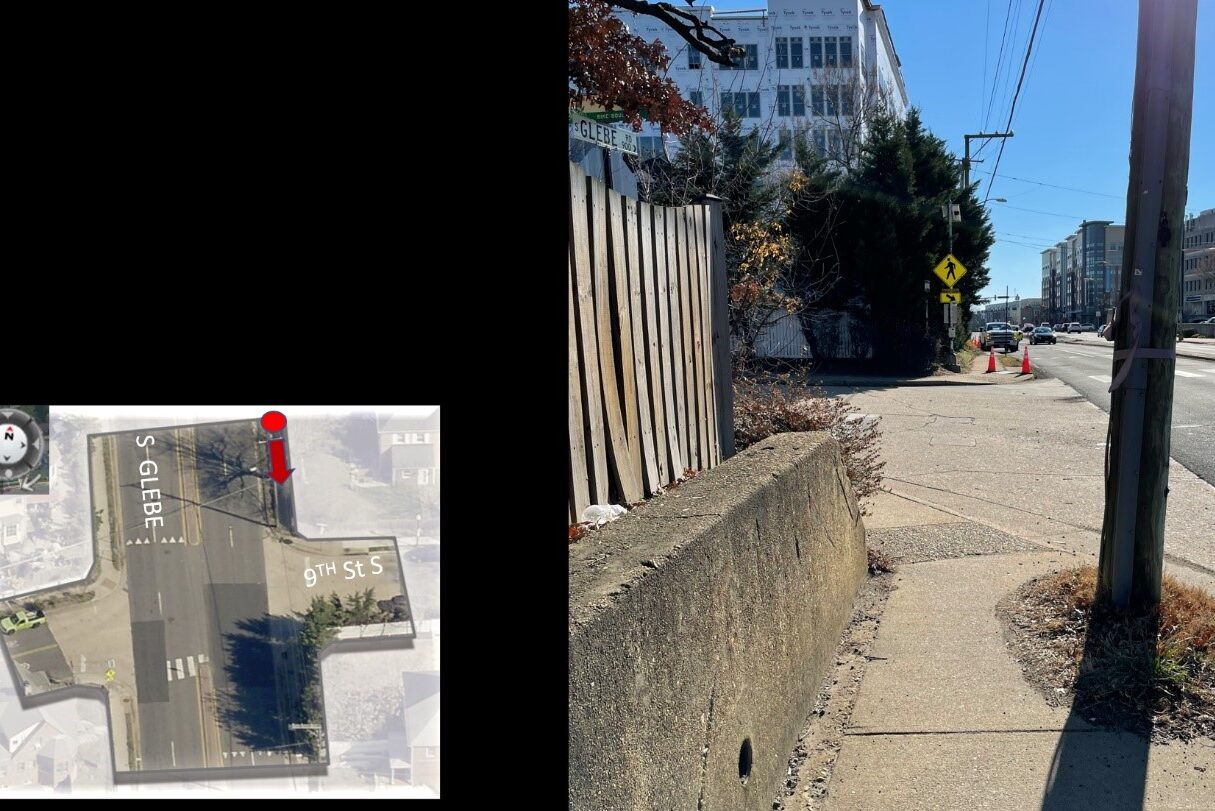

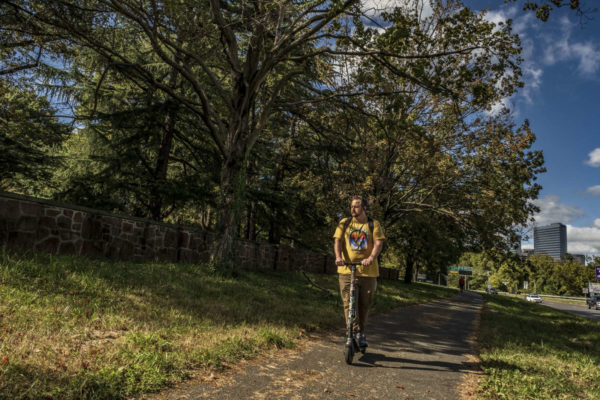
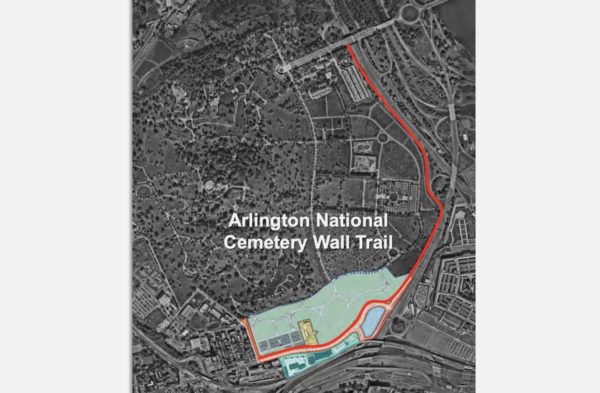
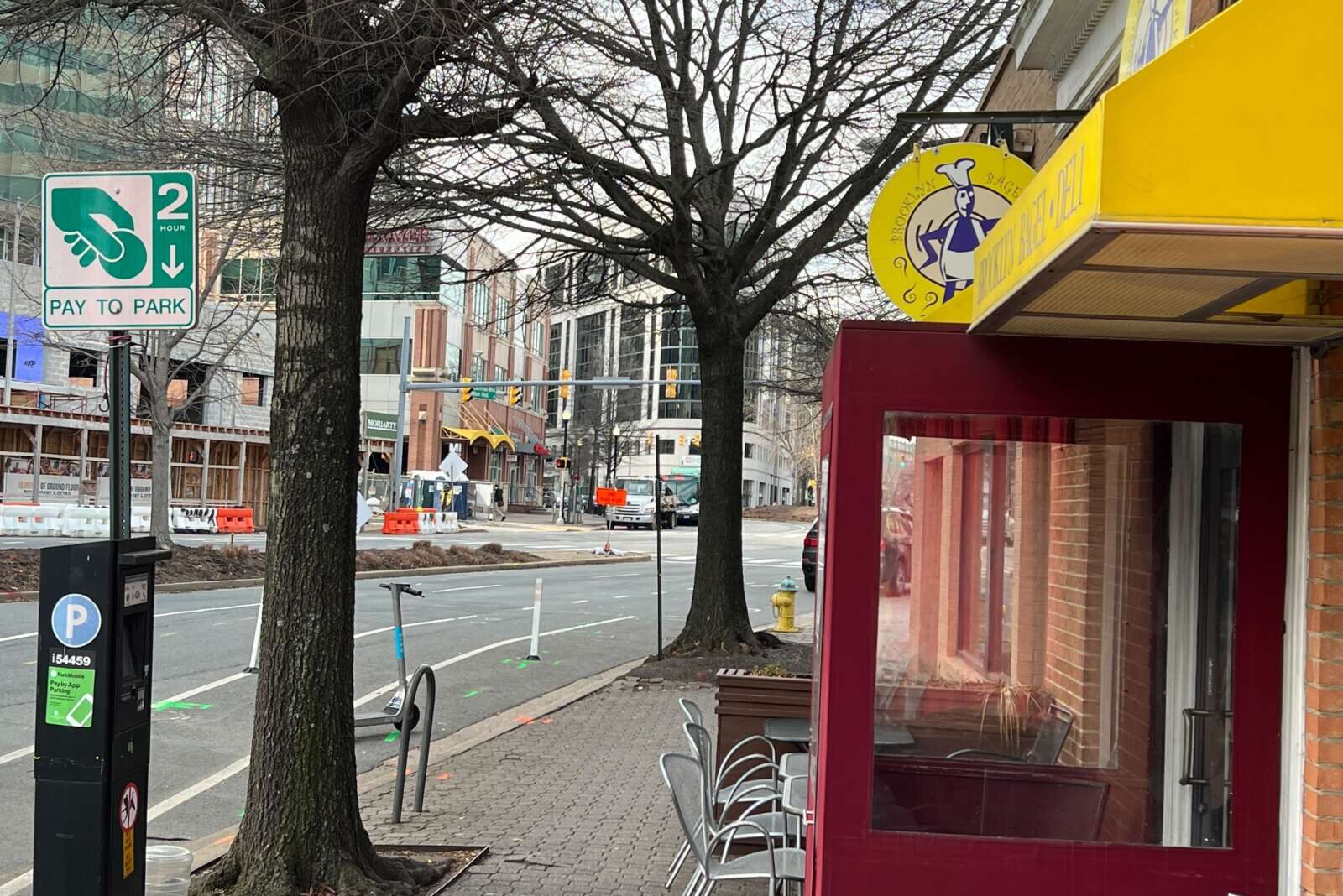
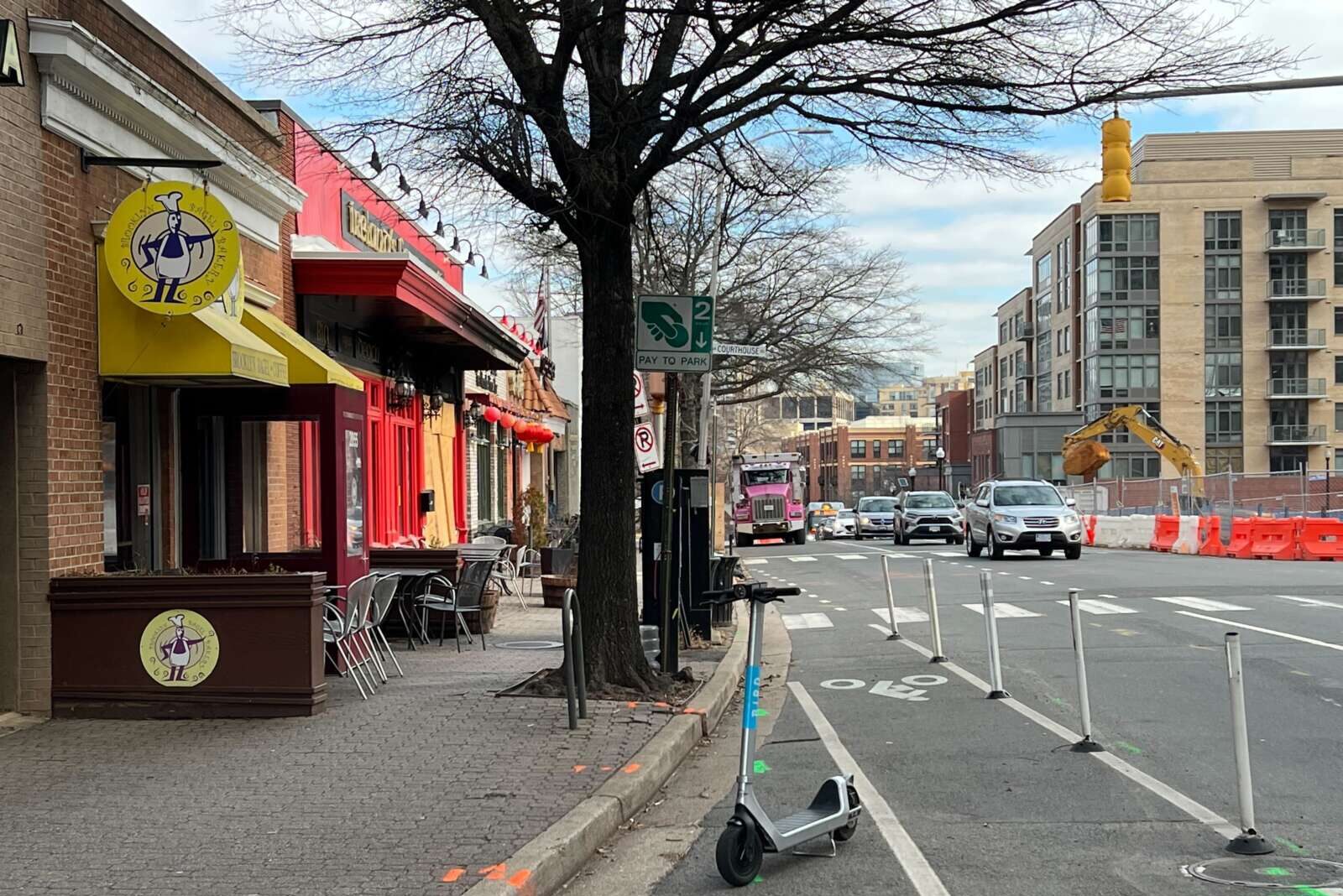
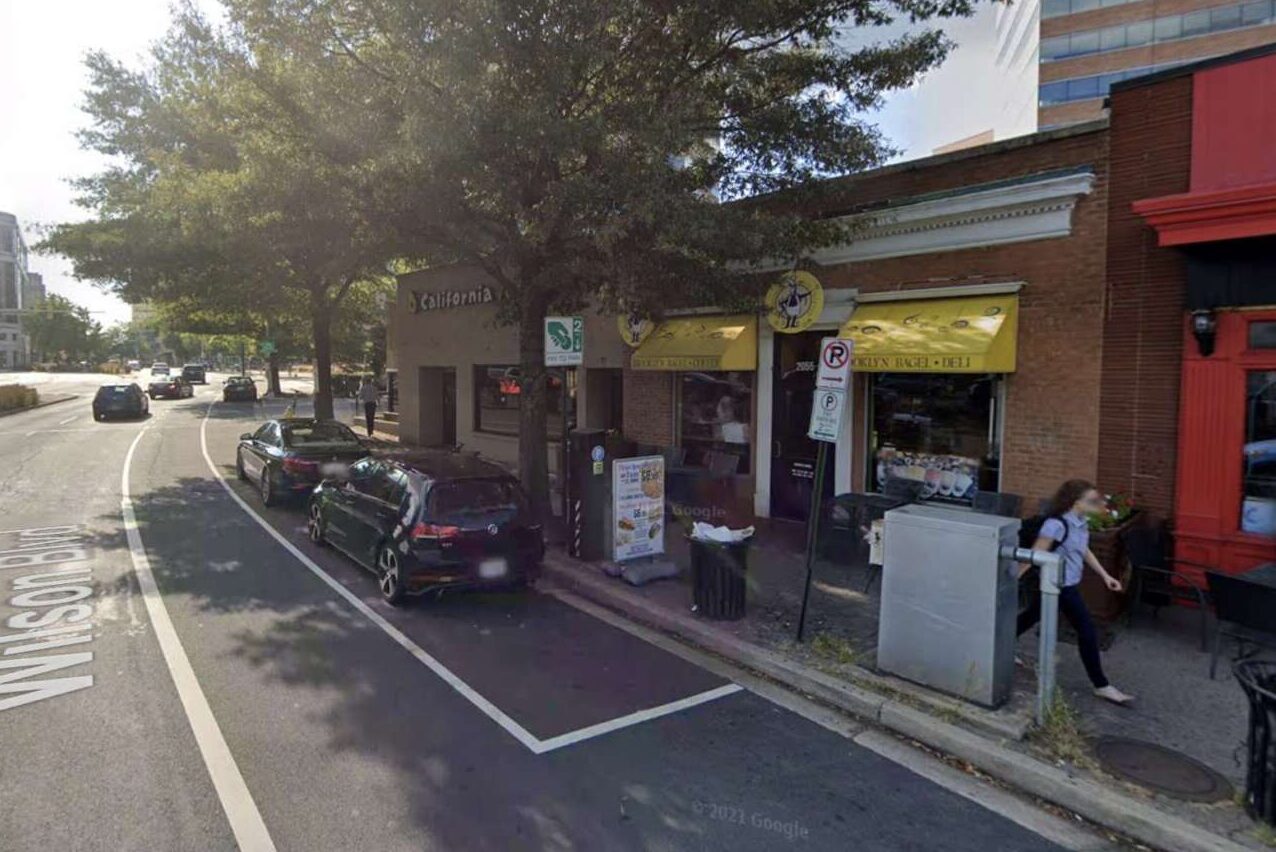
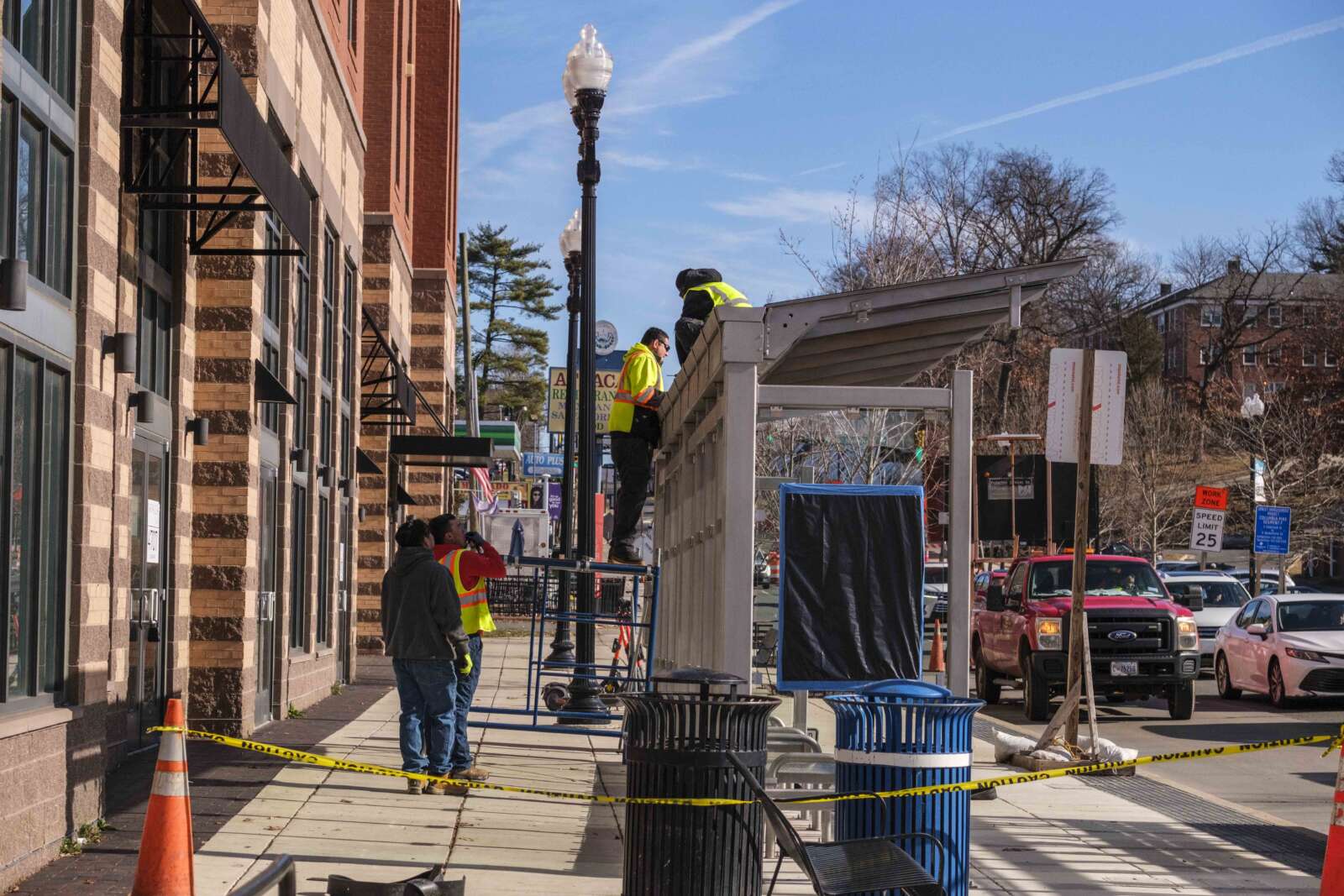
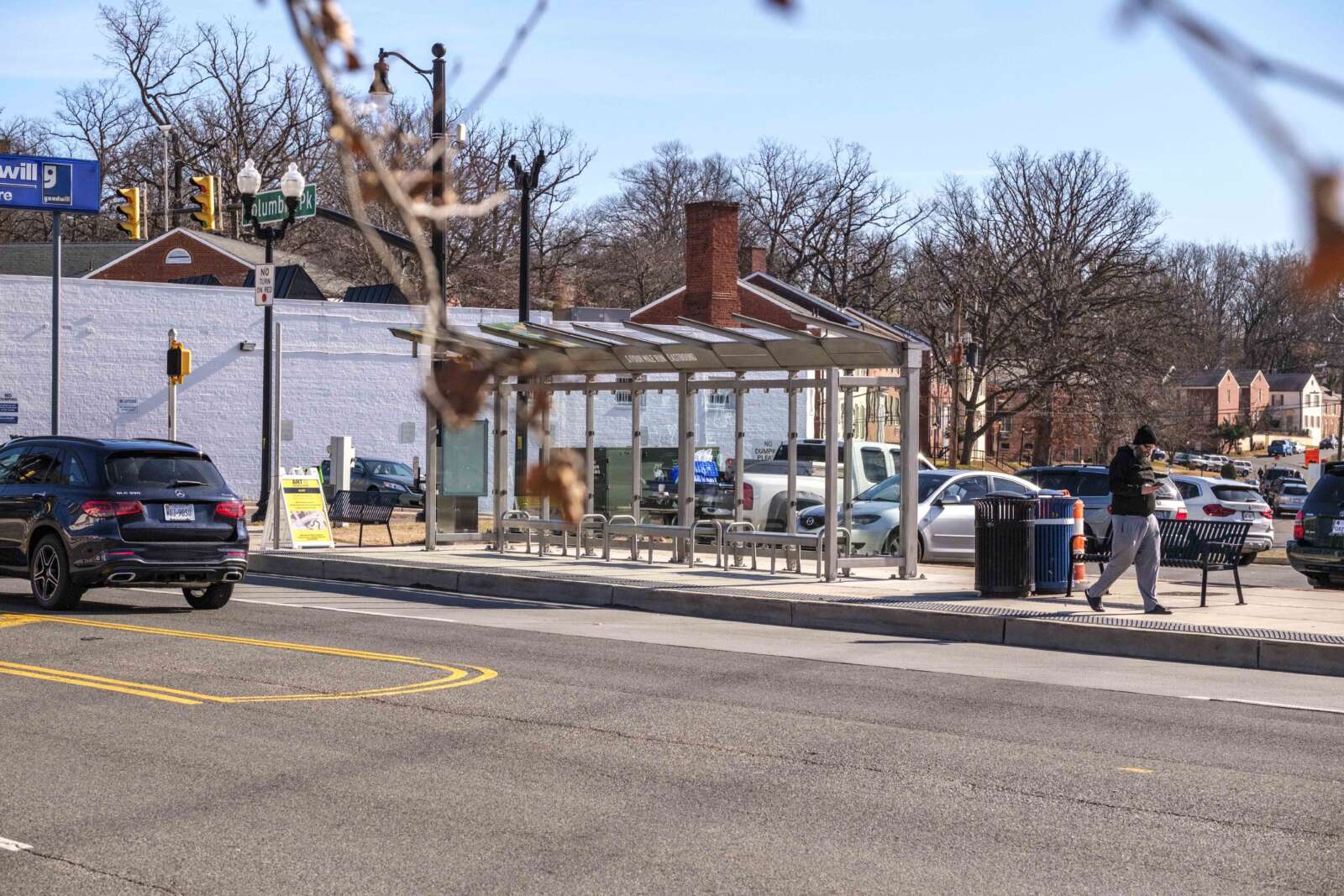
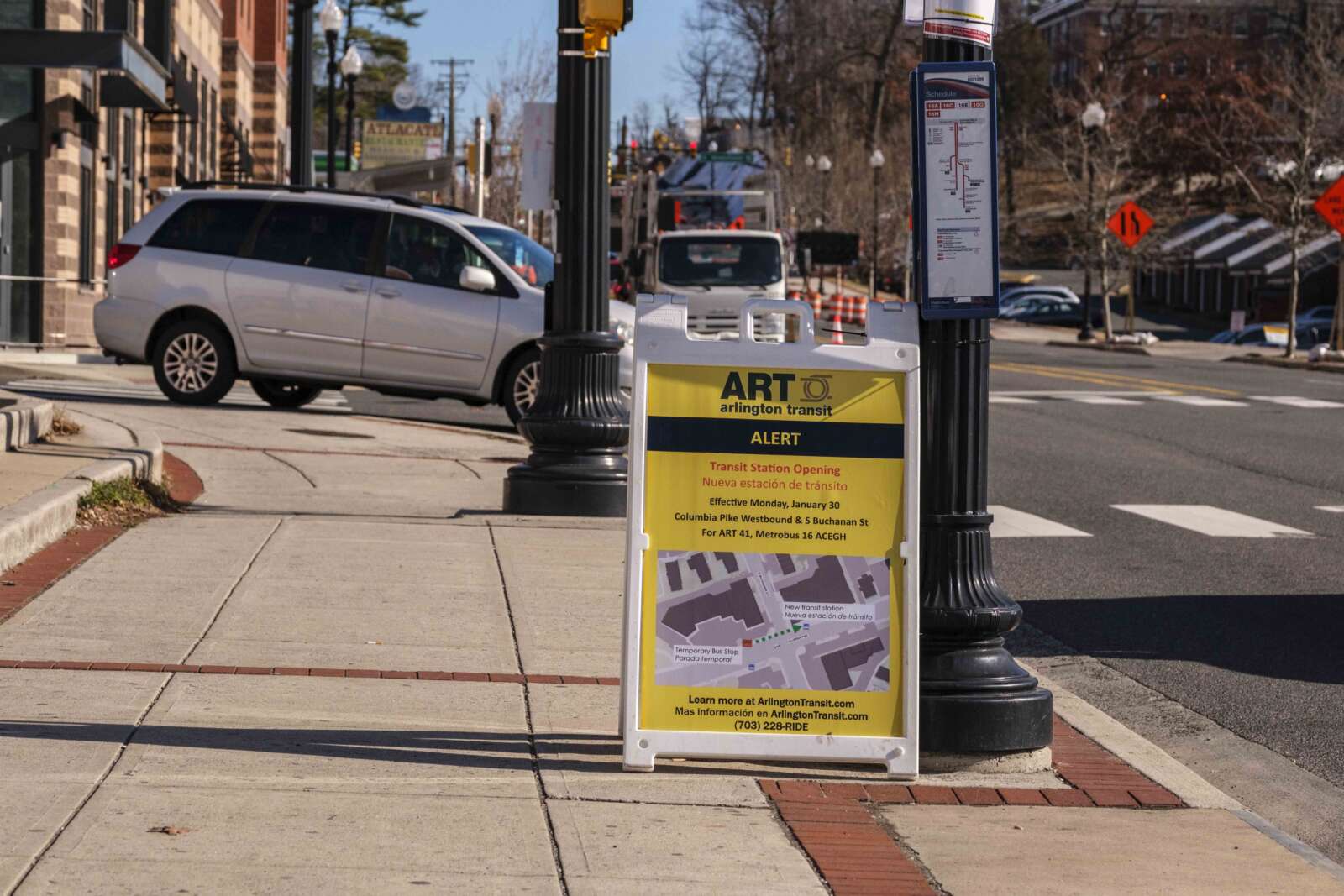
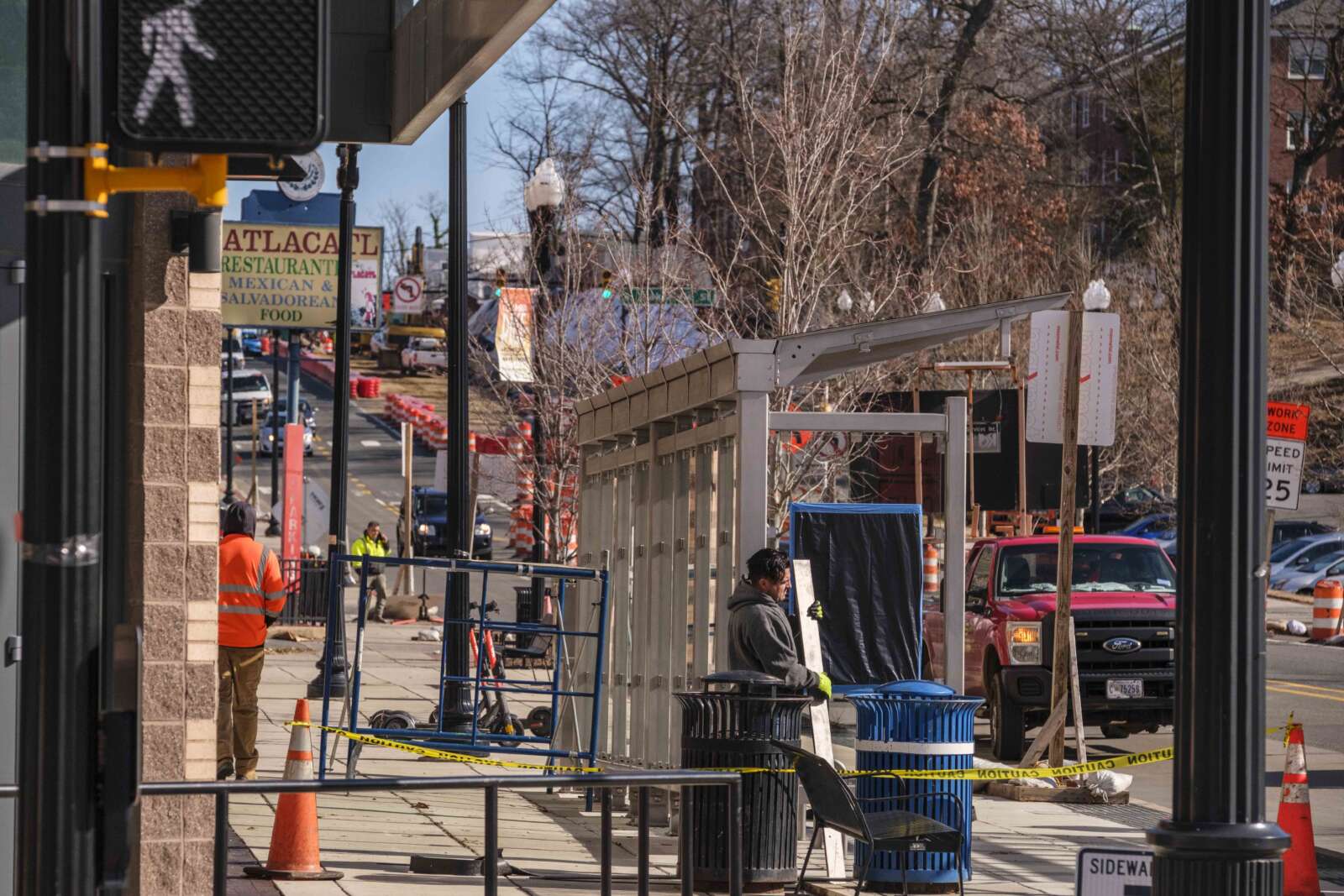
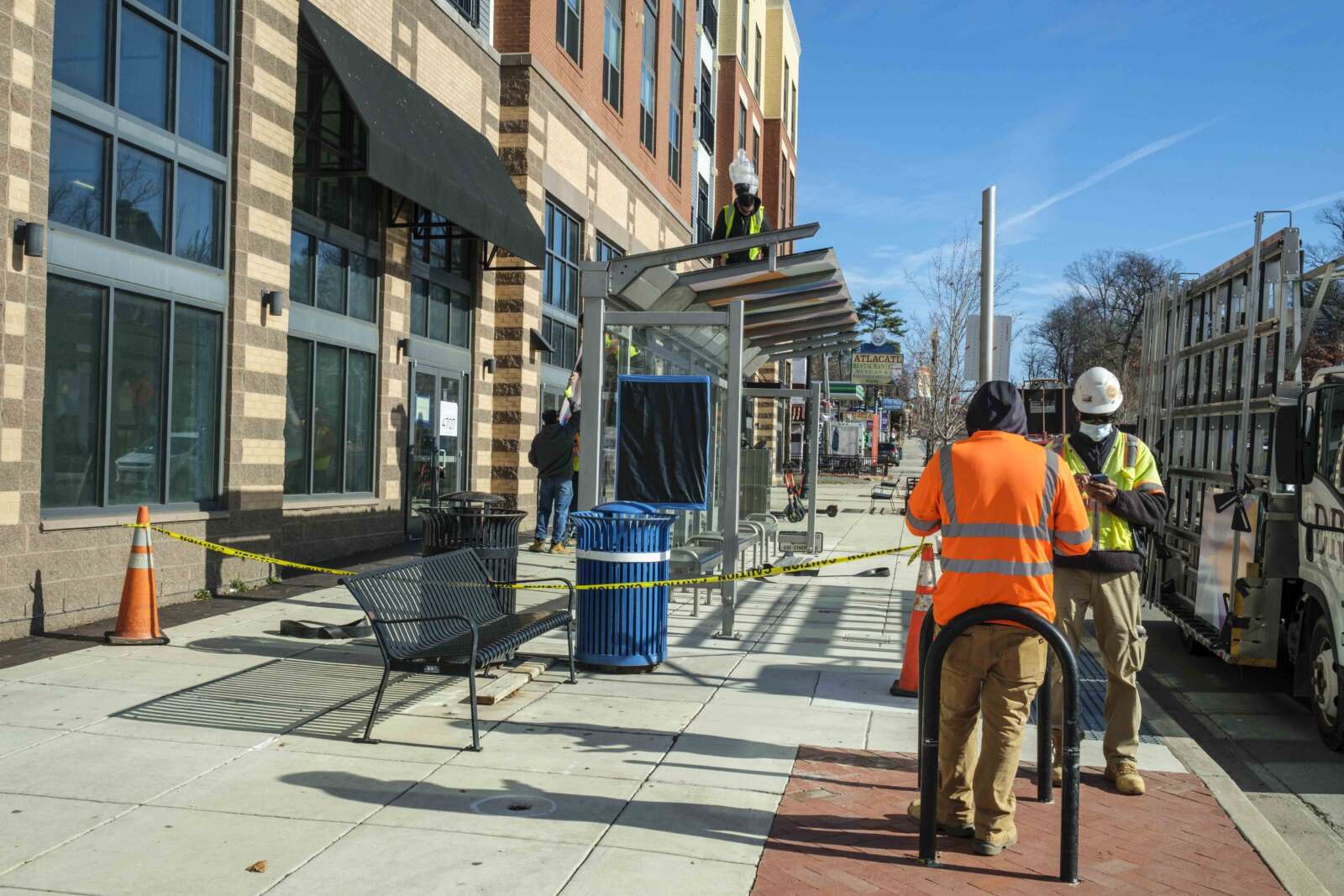
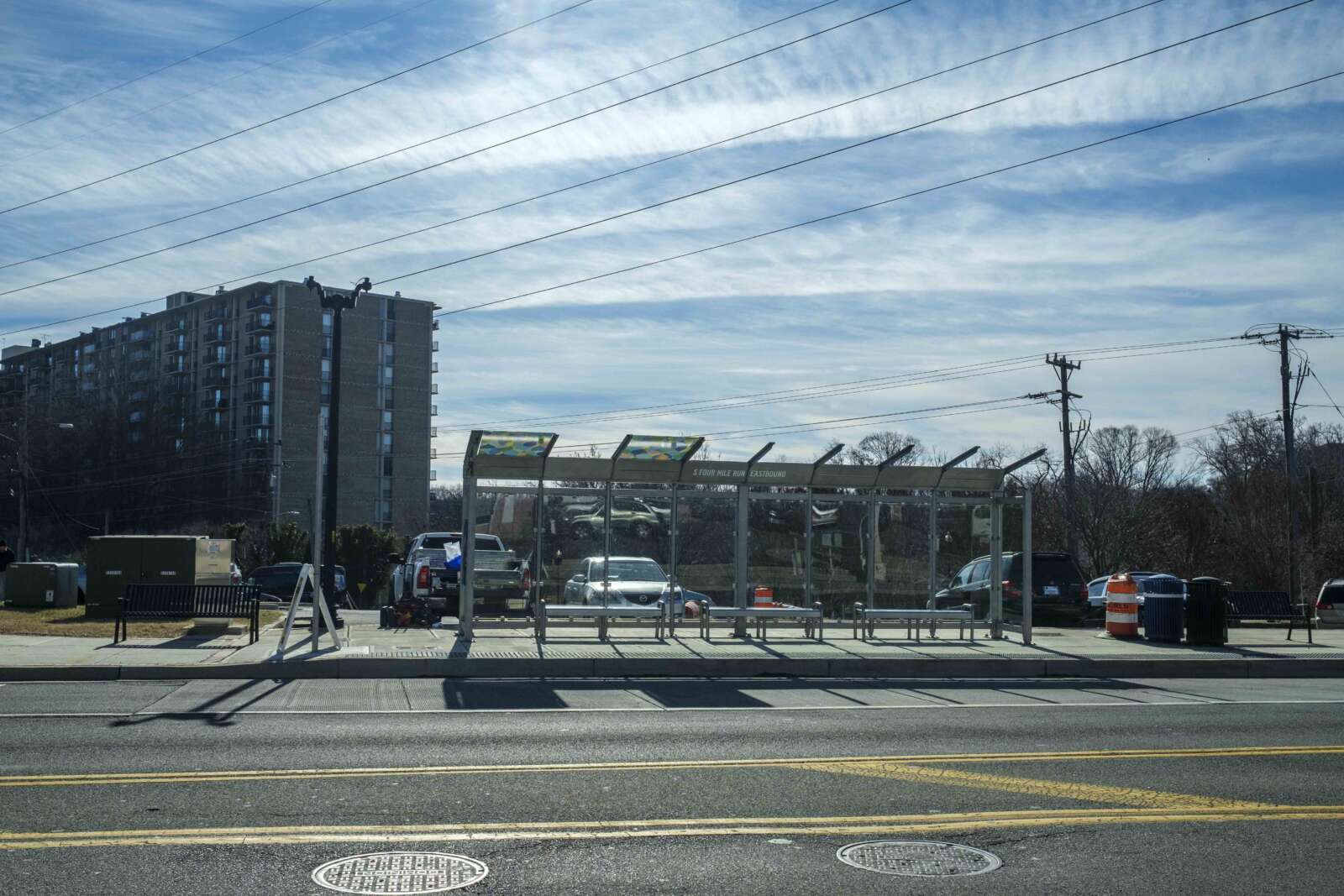
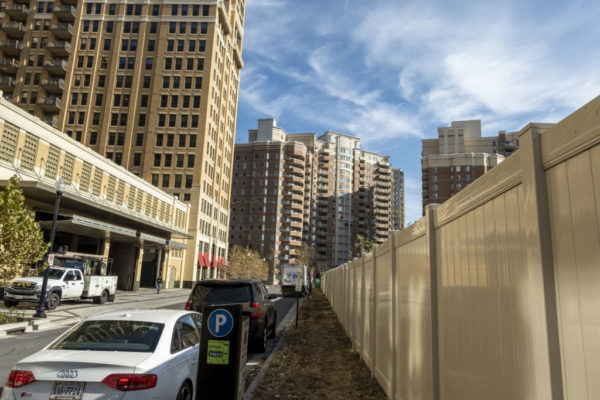
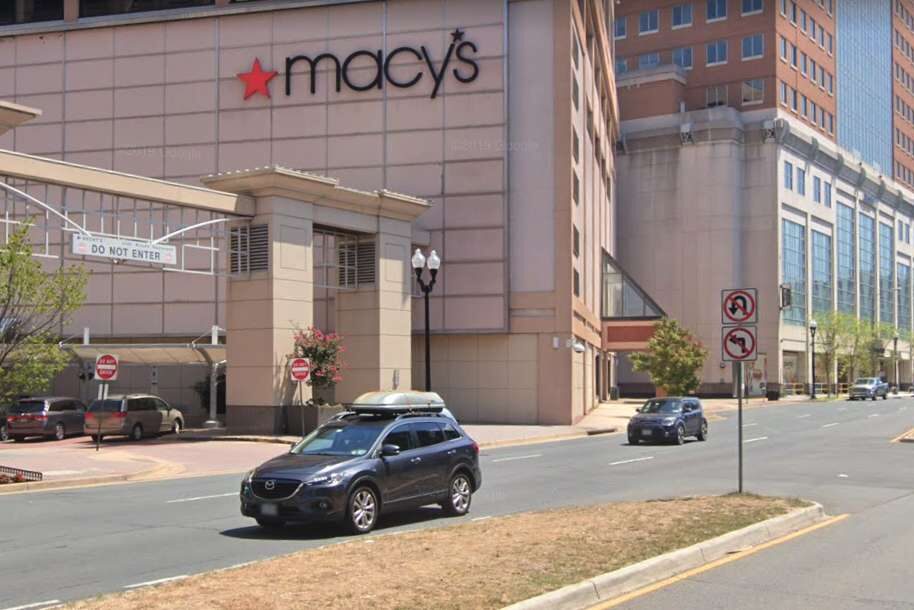
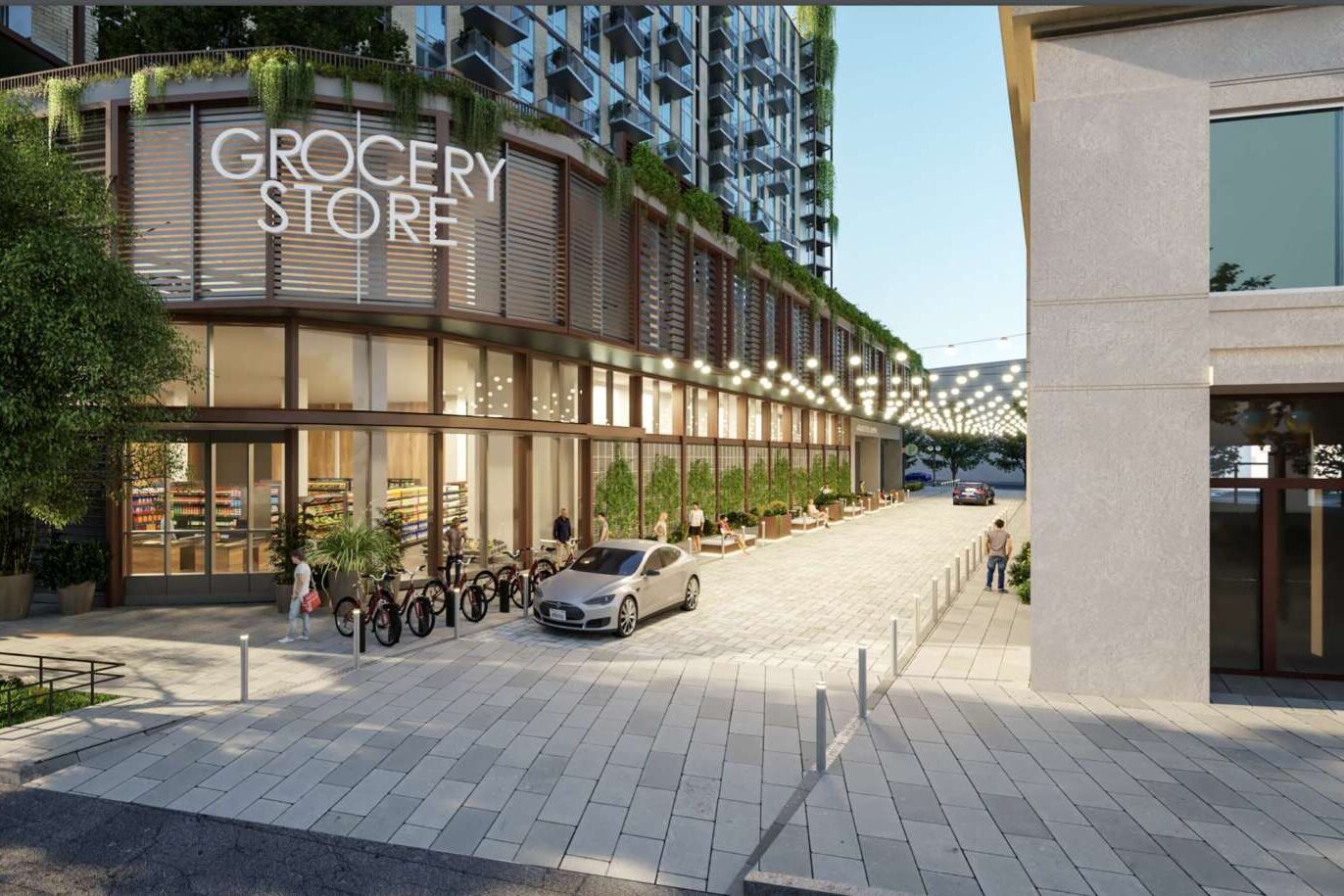
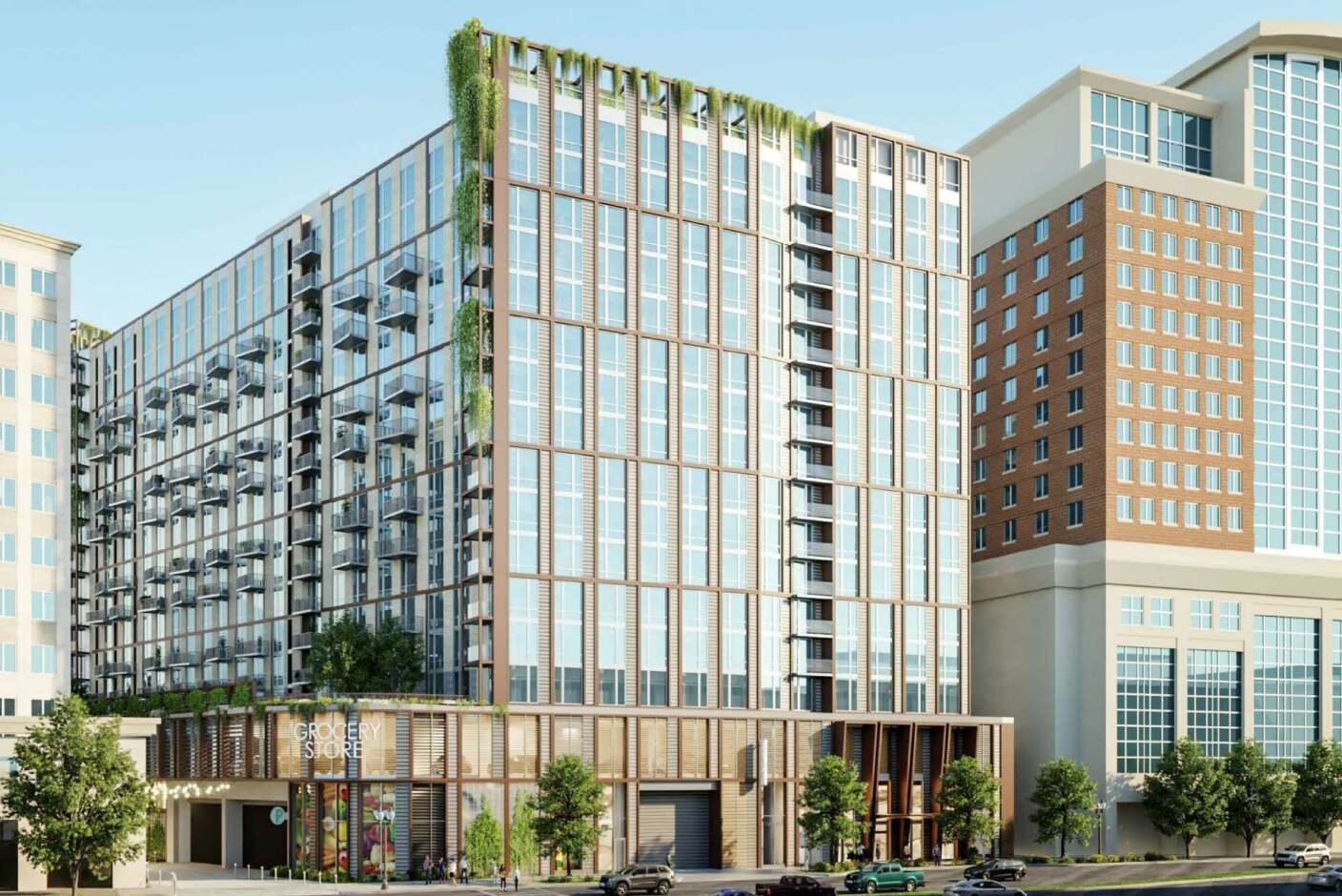
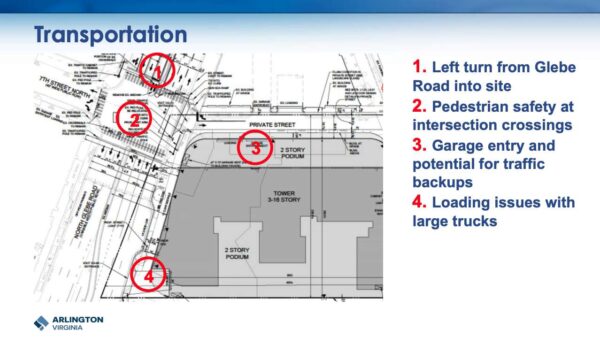
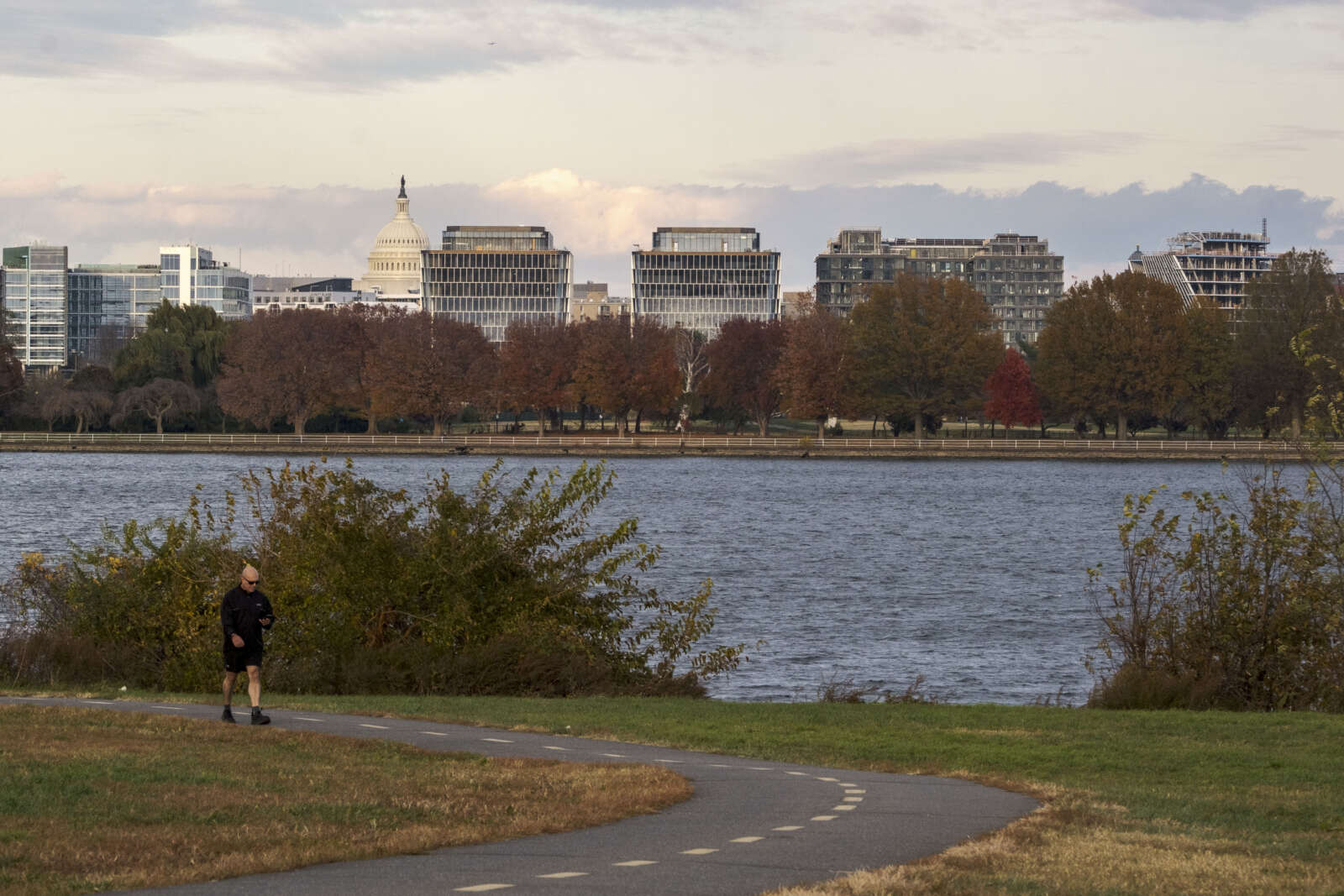
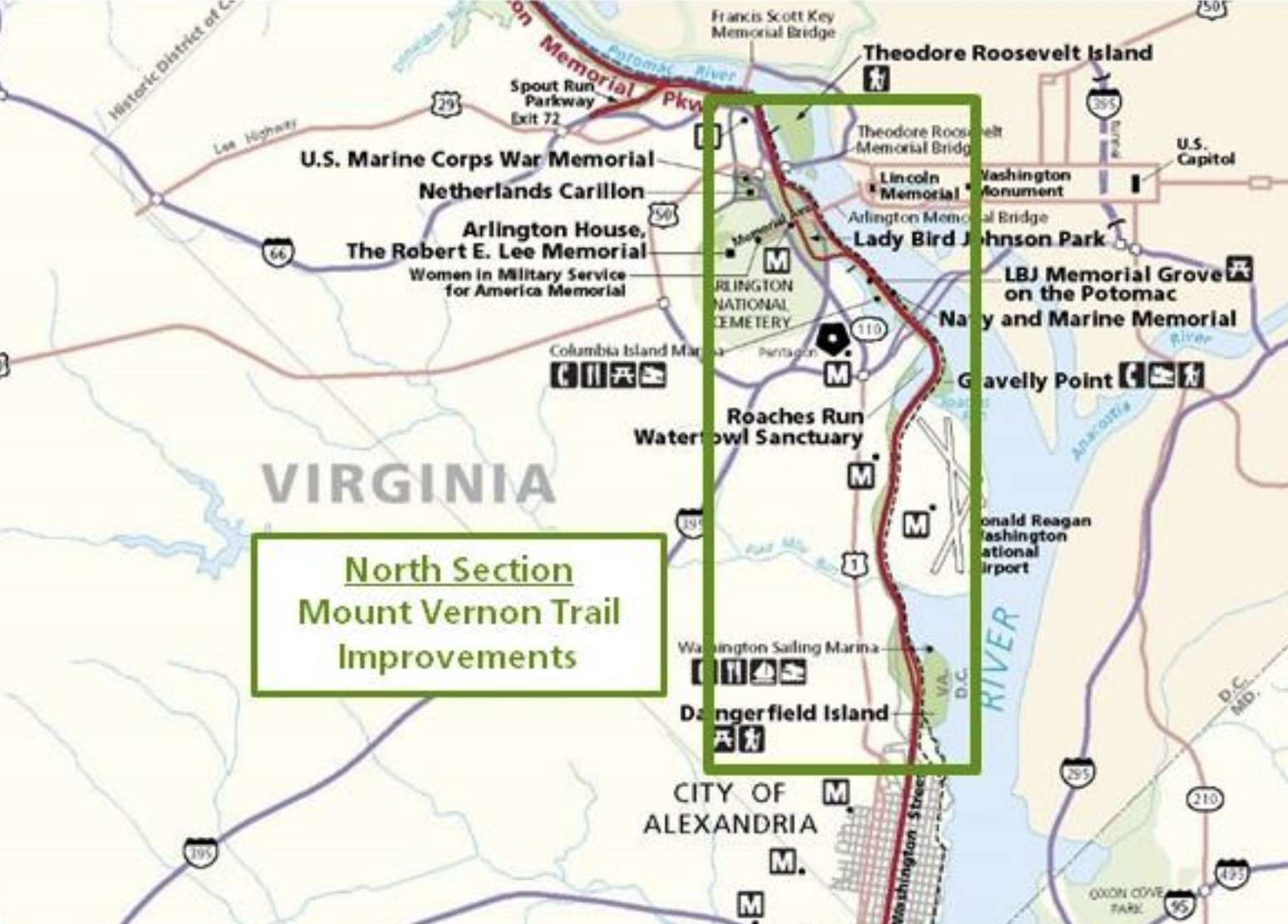
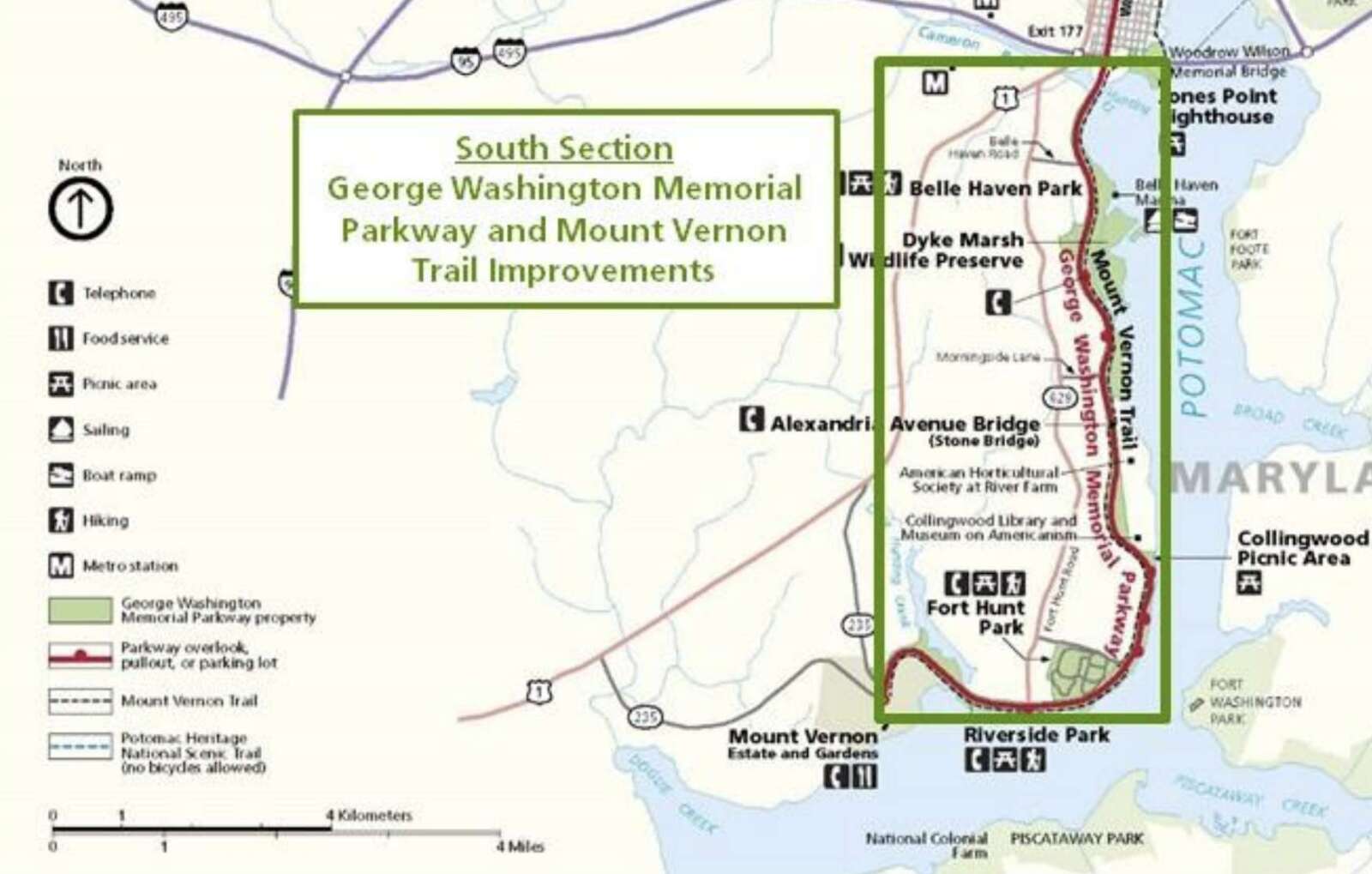
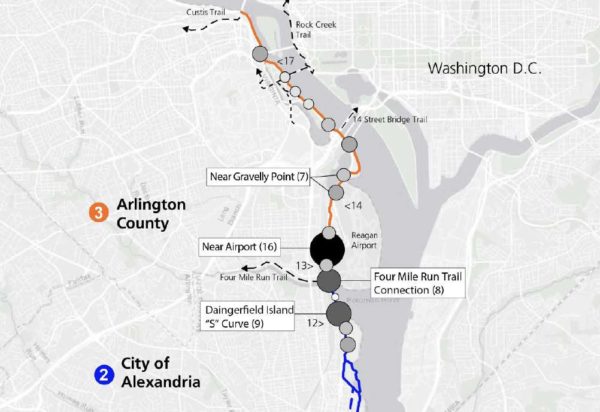
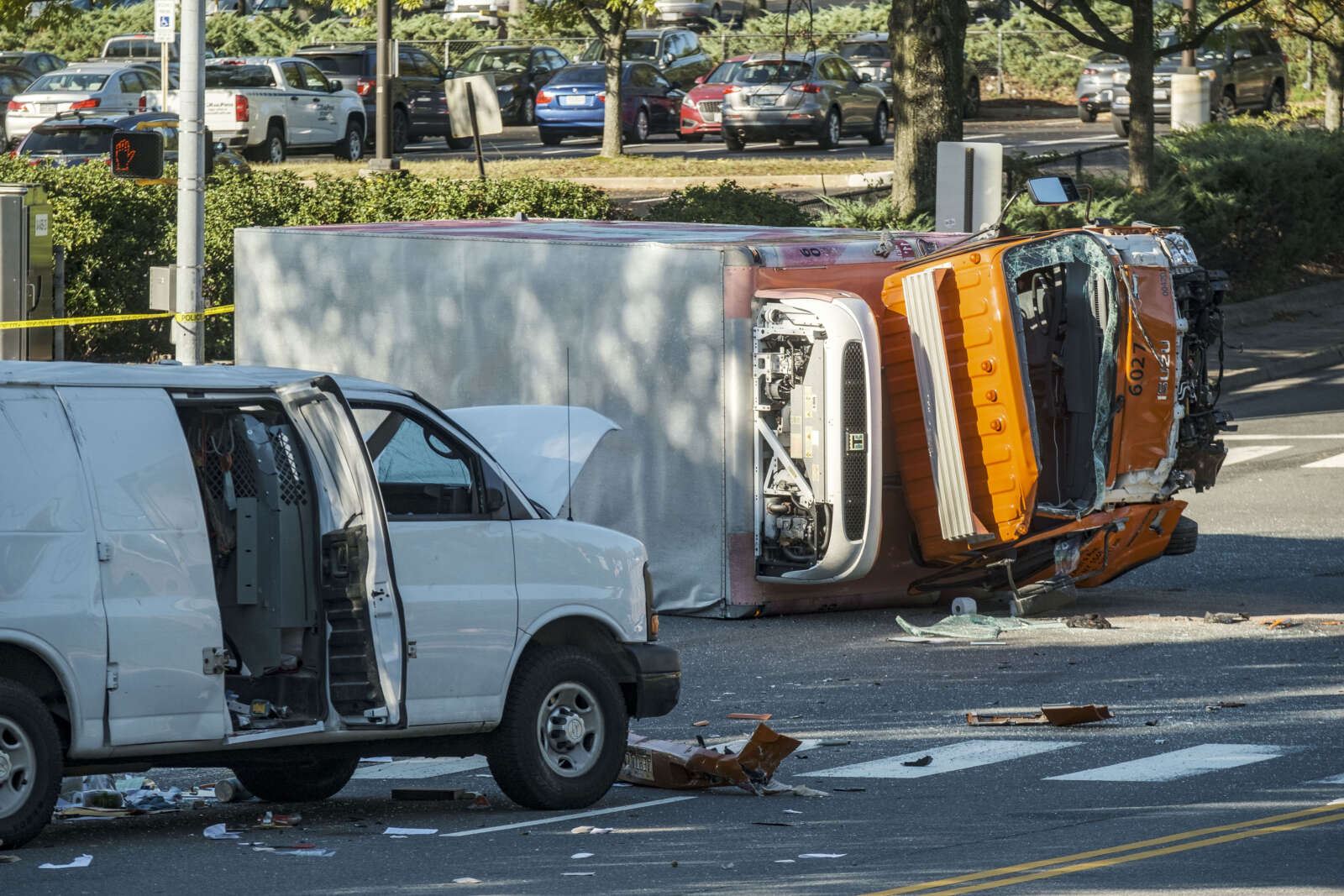
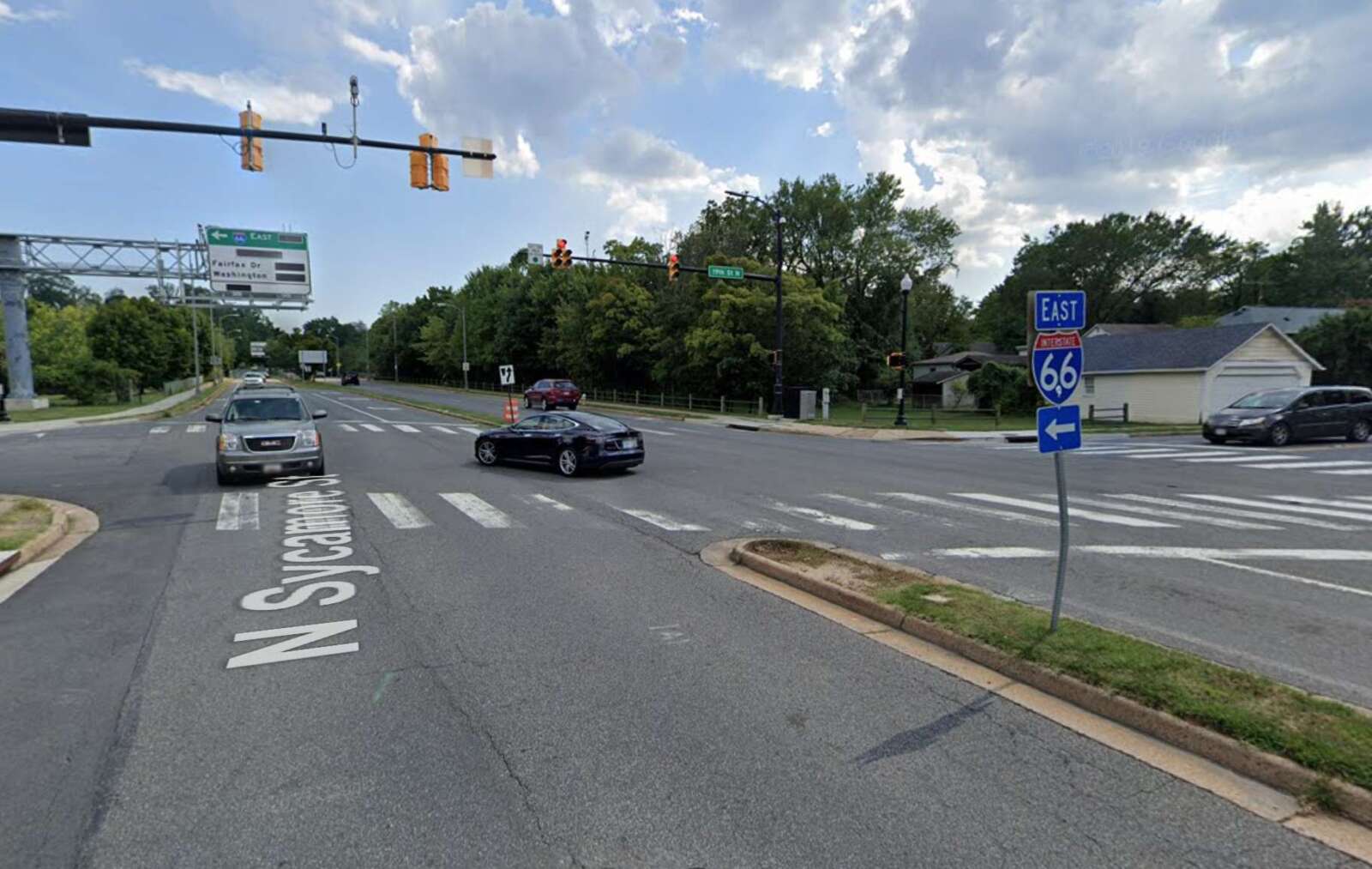
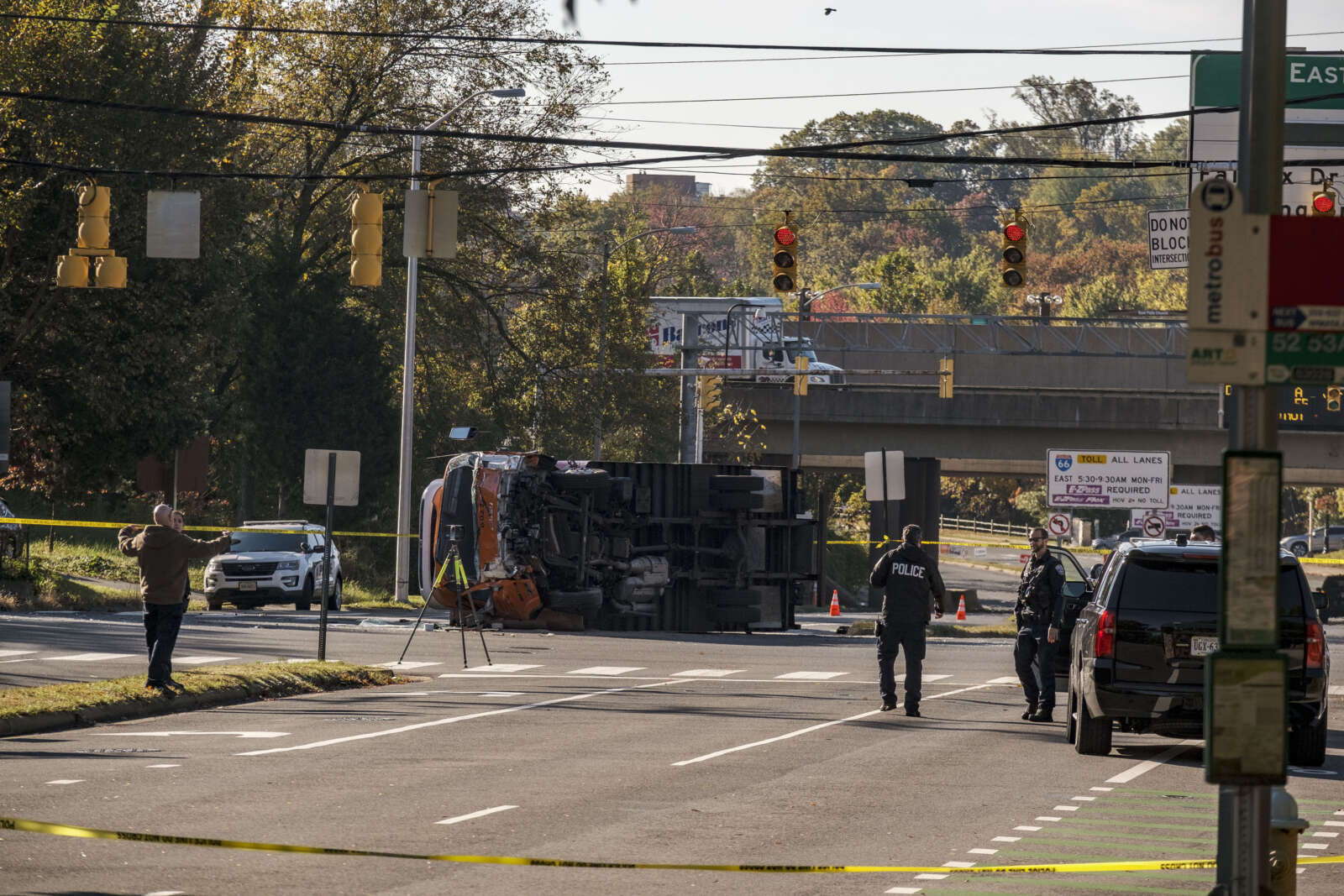
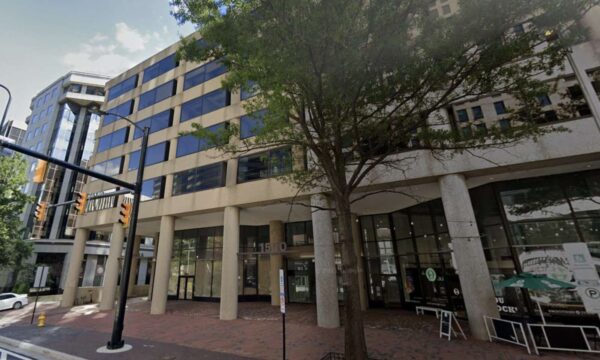
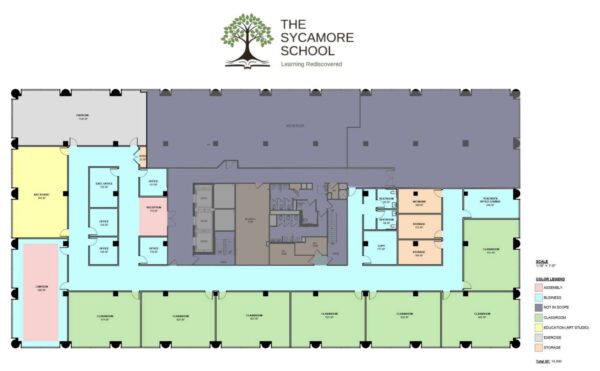
![Golf carts (Photo by Ralph [Ravi] Kayden on Unsplash)](https://staging.arlnow.com/wp-content/uploads/2022/09/ralph-ravi-kayden-MRelY0fcy6Y-unsplash-600x477.jpg)
